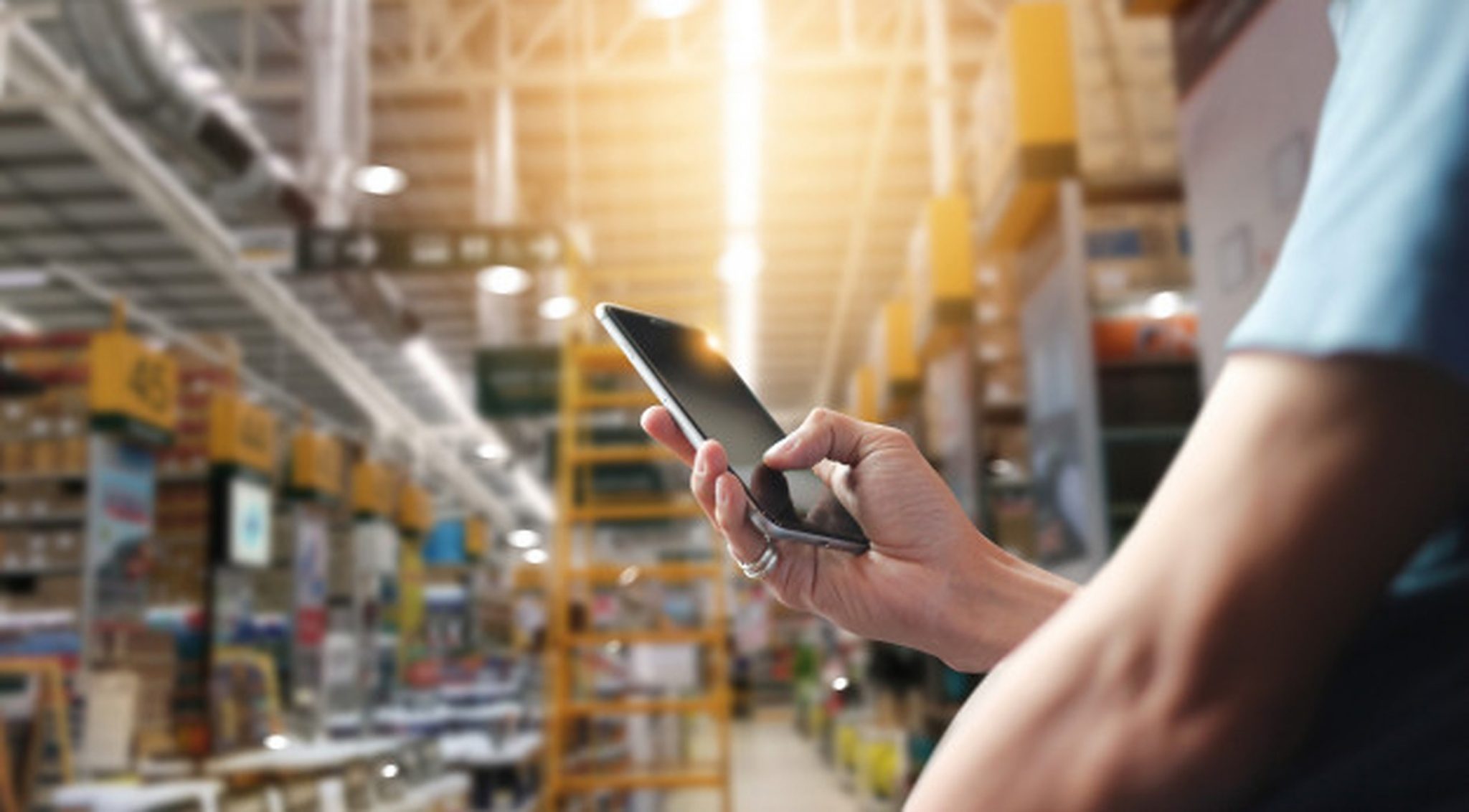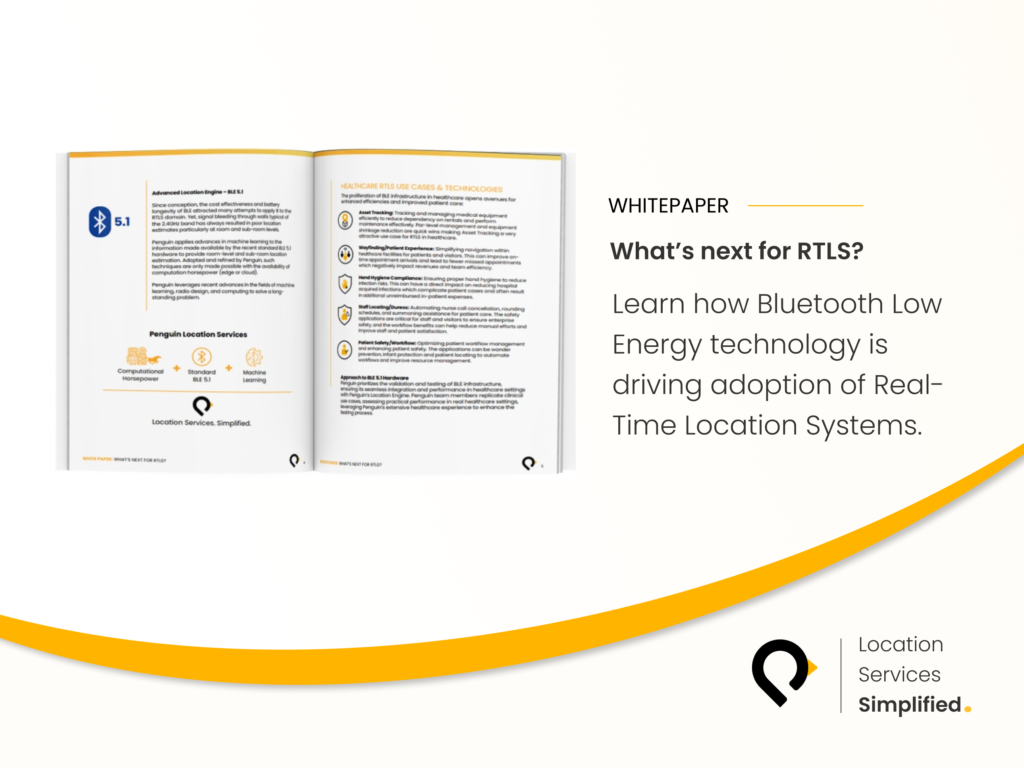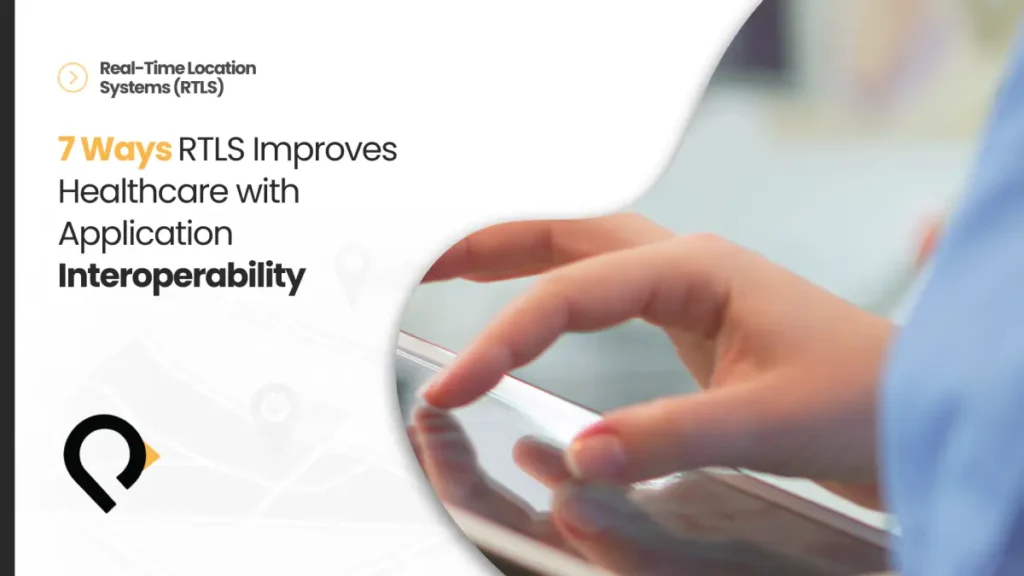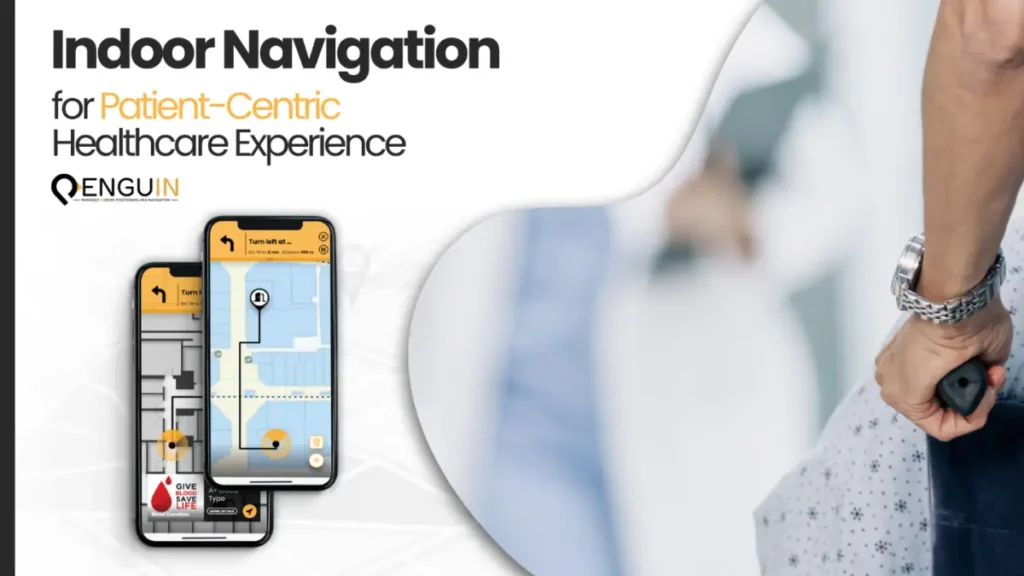
Retail store operation or retail backend concerns all aspects of keeping a store functioning well. In this blog post, we present PenguinIN applications of real-time location systems (RTLS) in retail operations.
Physical Space:
A content management system can be used to upload maps (e.g. warehouse), define interactive zones and aisles on these maps, create routes, and enter information related to each zone/aisle. Per-aisle information may also be integrated with product databases. This is expected to simplify the onboarding of employees who can search for and locate items digitally. ROI is built on reduced training costs and lost search time.
Staff Administration:
RTLS can automate attendance taking (in/out of the store) and staff presence checking against assigned zones. At PenguinIN, we refer to this as zone-based tracking. Tracking staff for attendance and presence purposes requires a tag or can be done using employee phone with the ability to request on-phone fingerprinting as a second-factor authentication.
Business rules can be leveraged to notify/alert supervisors of absent staff or those who are outside their designated zones. The ROI for this application is derived from higher compliance and better efficiency. In scenarios where privacy is a concern, management can review the analytics based on aggregate trends.
Equipment Administration:
PenguinIN can track anything that is bulky, moves, and is of significant value. For example, forklift tracking and wayfinding (usually done on a tablet mounted on the forklift) with the ability to fence off floor areas during un/loading events from the content management system. These fenced off areas will be automatically reflected in the suggested routes given to the forklift driver when moving inside the warehouse. The ROI here is built on the reduction of insurance-impacting forklift-related workplace injuries.
Furthermore, tracked equipment and assets provide for data-validated utilization information such as operating hours of forklifts, zones requiring them the most, etc. providing an important decision-making tool.
Security:
A key application of RTLS is the tracking of security staff inside premises to ensure rounds are done as required (right time/right location). Certain types of tags have duress call functionality which can be integrated with public announcement systems. This feature enables an inexpensive $20 tag with a push button to become a cost-effective dispatching solution.
Visitor Administration:
Warehouses and front shops usually support vendor accessibility for re-stocking purposes. PenguinIN can provide ability to assign tags to visitors at check-in points, track them throughout the facility, issue alerts if needed (e.g. outside permitted paths/zones), and check-out once the trip is completed. PenguinIN makes such data available live on a map and captures historical records for incident verification.
In this blog, we presented a brief list of applications of PenguinIN RTLS technology in retail operations. To learn more about how PenguinIN can be leveraged to serve your retail operation’s needs, please contact us at [email protected] or visit www.penguinin.com.




